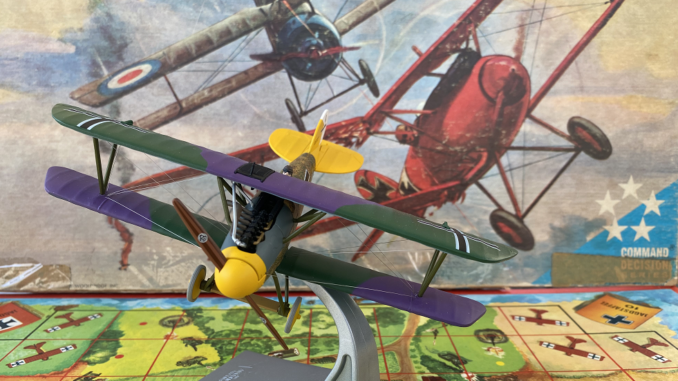
If you’ve grown up fascinated with the sleek fighter planes of World War II and modern day jet fighters (like me), you might tend to think of the airplanes of World War I as old fuddy duddy.
But when you put your head deep into those times — you realize the fighting machines were spectacular and full of new innovation being brought forth at breakneck pace.
For the first time ever men were flying, and shooting at each other in the sky, giving rise to spectacular dogfights and the creation of the eccentric but extremely tactical Flying Circus.
You can find detailed writeups of the Aerial War of WW I all over the internet. We’ll try to provide a skinny here, and point out some treasured sources of information you might not find in a typical internet search.
1. Plane Advancements at FRENETIC Pace
At the beginning of the war, planes were used mostly for scouting enemy lines. Early on, when pilots from enemy sides met each other in the air — it is reported they generally waved at each other and exchanged pleasantries.
But within months, machine guns were being used to shoot down reconnaissance balloons. Shortly after that, machine guns were fashioned to planes to help them shoot down enemy planes — with guns on the wings or above the pilot’s head (“Pusher” design) and/or a machine gun in the rear of a 2 seater.
Shooting thru the Propeller
Within a year, a massive advancement happened in July 1915 when the Fokker Eindecker I. became the first aircraft to enter the war with “synchronization gear” which enabled a machine gun to fire through the propeller without striking its blades. This kicked off the “Fokker Scourge” of 1915, when the Germans ruled the skies.
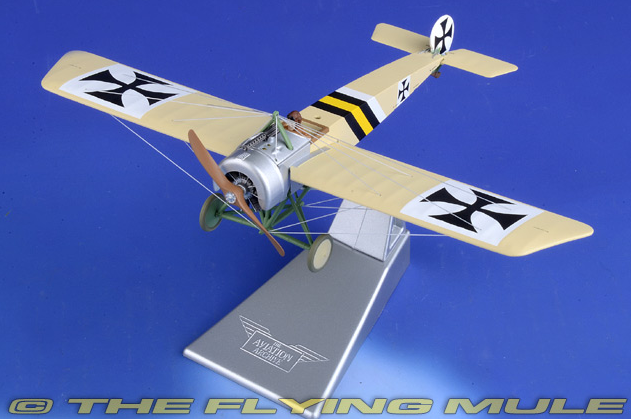
Fighter Tactics Advanced at Rapid Pace Too
The Allies raced to meet the Fokker challenge. At the same time, fighter-plane tactics were advancing rapidly, with both sides establishing fighter units — the beginning of organized Air Forces.
Sopwith Camel Obsolete in 6 Months
The Sopwith Camel turned the tide of air power to the Allied side when it was introduced in June 1917. In 6 months it was considered obsolete, superseded by the English S.E.5a, the Bristol 2-seater, and arguably the French Spad XIII.
2. The Flying Circus
When the software company I was working at was acquired by a Swedish company in 2005, the VP of Sales organized a Flying Circus — where product managers for all of our products would travel the world displaying our solutions. It was a wonderful use of the term Flying Circus. And of course many are familiar with Monty Python’s Flying Circus.
The origin of the term Flying Circus comes from the Red Baron in World War I.
Baron Von Richtofen’s Flying Circus — the Originator
In January 1917, Baron Von Richtofen received Germany’s highest award “The Blue Max” after his 16th kill. He was made commander of a unit — Jasta 11 — which ultimately included some of the top aces of Germany, many trained by Von Richtofen.
Soon afterwards, he decided to paint his plane red. At the time he was flying an Albatros D. III. Von Richtofen became known as The Red Baron.
“For whatever reasons, one fine day I came upon the idea of having my crate painted glaring red,” said Von Richtofen in his autobiography. “The result was that absolutely everyone could not help but notice my red bird. In fact, my opponents also seemed to be not entirely unaware.”
Other members of his group soon took to painting parts of their aircraft red — to make their leader less conspicuous and avoid having him singled out in a fight.
Richtofen’s unit soon became known as The Flying Circus — due to their brightly colored aircraft and because they were transferred from one area of the front to another – moving like a travelling circus — frequently setting up in tents on improvised airfields, as well as using trains and caravans.
The Red Baron
Richthofen is most associated with the Fokker Dr. I triplane (Dr for Dreidecker, which means triplane in German) — but he only started flying it starting in late July 1917, and didn’t start using it exclusively until after it was reissued with strengthened wings in November, 2017. Richtofen was killed in April 2018. Only 19 of his 80 kills were made in the Fokker Dr. I triplane — most of his kills came in the Albatros D.I, D.II, D.III, or D.V.
3. Dogfight the Board Game
As a kid growing up in the 1970’s, one of my favorite games to play was the DOGFIGHT board game by Milton Bradley. It was part of their American Heritage series of board games produced in the early 60’s.
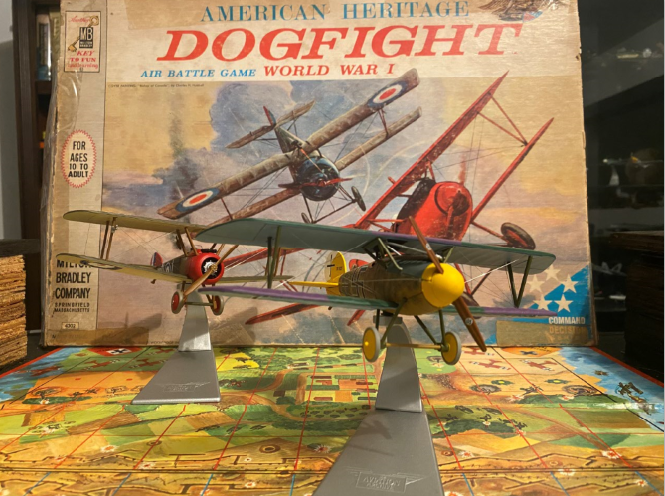
I cannot tell you how excited I was to find this game at the Grant City Hardware Store in Staten Island, and get the money to buy it. Had endless fun with family and friends playing it. It was a 2-player game but you could have 4 players play (in teams). A side selected either the Americans or the Germans and would have 2 squadrons of 3 planes each.
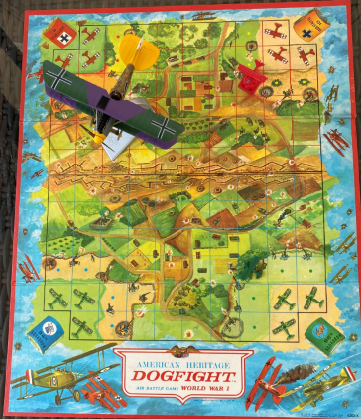
- You flew 2 planes at a time — one from each squadron — by placing it on a stand, rolling dice and moving each plane the number on one of the die. You could select to fly only one plane.
- You would move the plane based on the die roll and position it for a dogfight against an enemy plane. Each plane would fly with 4 hidden cards drawn for it. You used these cards in a dogfight.
- If you lined up your plane facing the tail of an enemy plane, you would engage it in a dogfight by throwing down a burst card. If the defending plane had a “Loop” card, it would loop behind the attacking plane — they would exchange squares — and the defending plane would save itself — then be able to throw a burst card down of its own, etc.
- If you lined up your plane facing the side of an enemy plane, you would engage it in a dogfight by throwing down a burst card. If the defending plane had a “Roll” card, it would successfully defend itself and the dogfight would be over.
- If you lined up your plane facing the front of an enemy plane, you would both throw down your highest burst card to see who won.
- You could fly over enemy defenses to attack planes on the ground, which could not defend themselves from a burst — but you’d have to fly over anti-aircraft circular cardboard pieces that had hidden Hit or Miss on them — if hit you’d be shot down by antiaircraft.
- If a plane shot down another plane it became an Ace, and got to fly with 6 cards upon returning to its base. If a plane shot down 2 planes it became a double Ace and got to fly with 8 cards upon returning to its base.
4. Corgi Diecast Models Provides Great Stories
Corgi Toys — famous for its diecast metal toy cars and planes — offers an Aviation Archive series that includes select World War I planes — and provides a rich writeup of the story of each particular plane it has chosen to model.
One of the best places to read the stories and view the models is on The Flying Mule — a diecast model seller.
Here’s an example of the writing:
“The astonishing pace of aviation development during the First World War saw the aeroplane develop from a reconnaissance spotter, to a deadly air superiority fighter. Arguably, the most important German fighting scout aircraft of WWI was the Albatros series of aircraft, which saw almost constant use between 1916 and 1918 and were used by many of the great German aces to score large numbers of aerial victories.
The German Air Service had enjoyed a period of dominance following the introduction of the Fokker Eindecker, but more capable Allied fighters soon began to challenge this superiority. In August 1916, the new Albatros D.1 began to arrive on the Western Front and proved to be an instant success. With a powerful 160hp Mercedes engine and twin 7.92mm Spandau machine-guns, the Albatros had an exceptional climb rate and could cruise at high speeds.
Over the next two years, Albatros Flugzeugwerke continuously developed the aircraft, culminating in the excellent D.Va version of the original design, which proved to be the workhorse of the Luftstreitkrafte. Unfortunately for the German pilots, by this time the British and French had introduced much more capable fighters of their own.”
Albatros D.V
“Designed by Robert Thelen then refined and lightened, the Albatros D.V was the preeminent fighter during the period of German aerial dominance- first flown in 1917. Fundamental version improvements in wing design such as mounting the radiator in the center of the upper wing section, improved pilot visibility- critical in dog fighting tactics.
The Albatros could now attain altitudes of over 3,000 feet in only five minutes and with improved stability and firepower and the Albatros system continued to dominate the skies. The Allies responded to the success of the Albatros series with new fighters including the SPAD VII, Sopwith Camel, S.E.5a, Bristol F2B, and others.”
5. Wings — First “Best Picture” Academy Award
If you want to visualize any of the above and see dogfights — then you should watch the Amazing movie “Wings” — which came out in 1927 and won the first Academy Award for Best Picture.
Wings is a long movie — 2.5 hours — and it is a silent movie — but it features amazing aerial dogfight footage and also amazing ground-fighting action. It is a well directed movie that keeps your attention throughout the 2.5 hours despite being a silent, and stars Clara Bow — the first “It” girl, Charles (Buddy) Rogers, Richard Arlen, and a short appearance by Gary Cooper.
You can fast forward to 1 hr 34 minutes in this Internet Archive of the movie to view the aerial dogfights: https://archive.og/details/wings-silent-trimmed
According to Buddy Rogers in a 1987 interview, the actors were forced to learn how to fly to film the aerial scenes! “We didn`t have the ability to make it look as though we were flying when we weren`t, like they do these days, so we had to be in the air for every shot.”
Rogers fell in love with flying and in World War II he served the US Navy as a flight training instructor.
Rogers was also famous as a crooner and leader of a band, although according to sources listed on his wikipedia page, he was not a bandleader in the usual sense of the term, “he was a film actor who fronted bands for publicity purposes.”

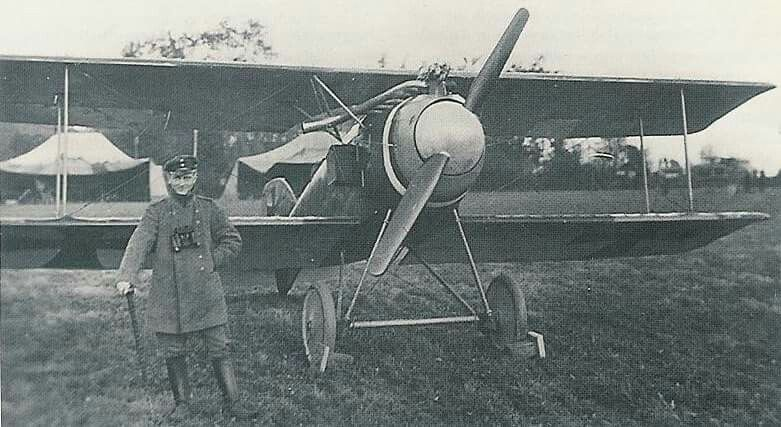
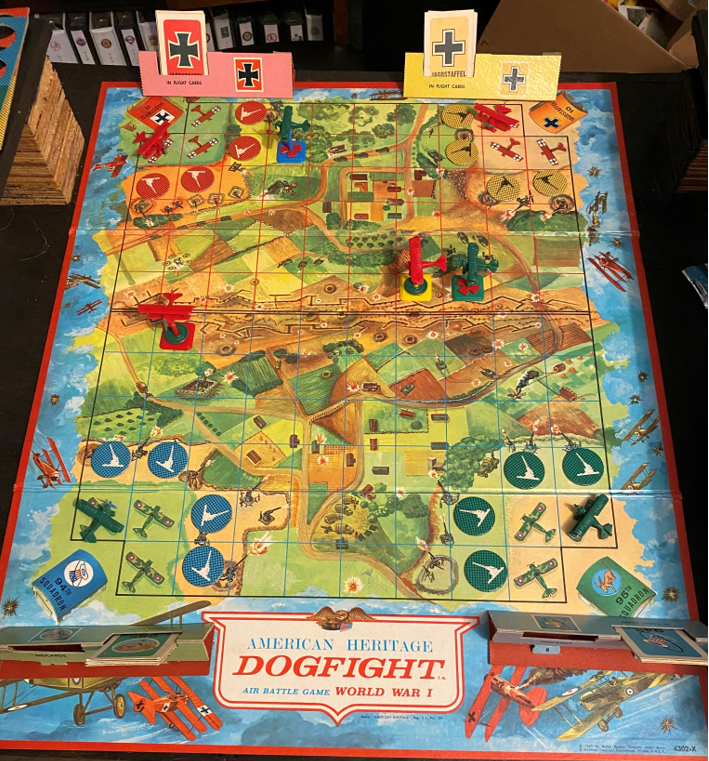
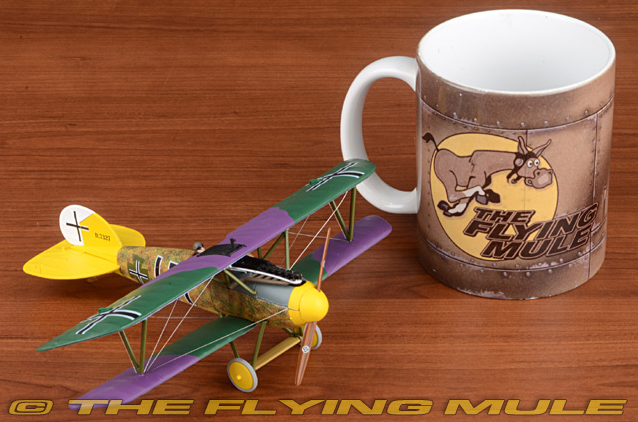
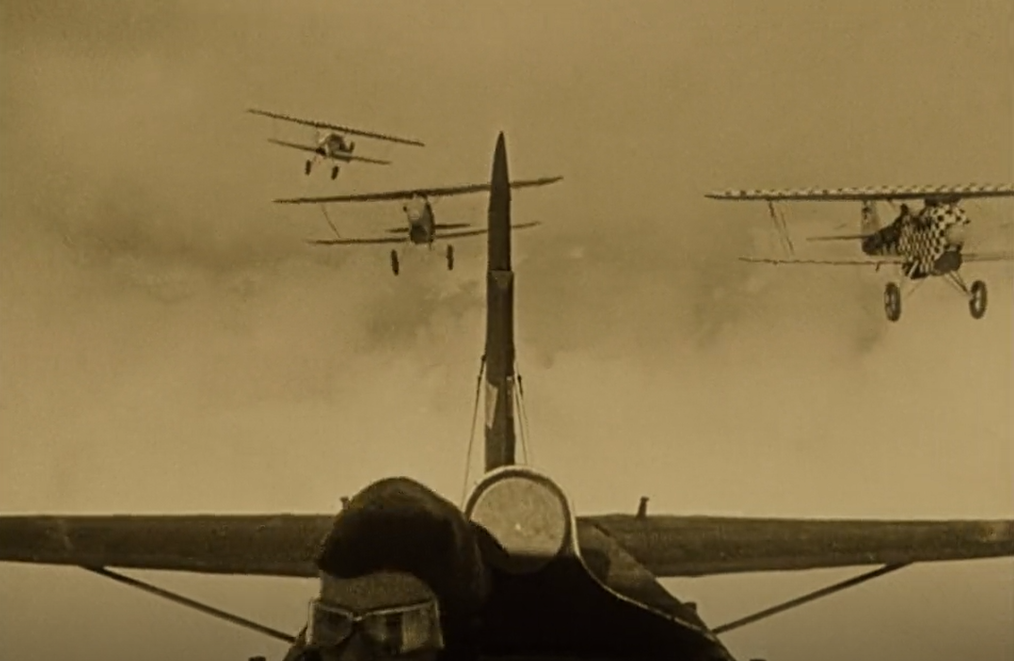
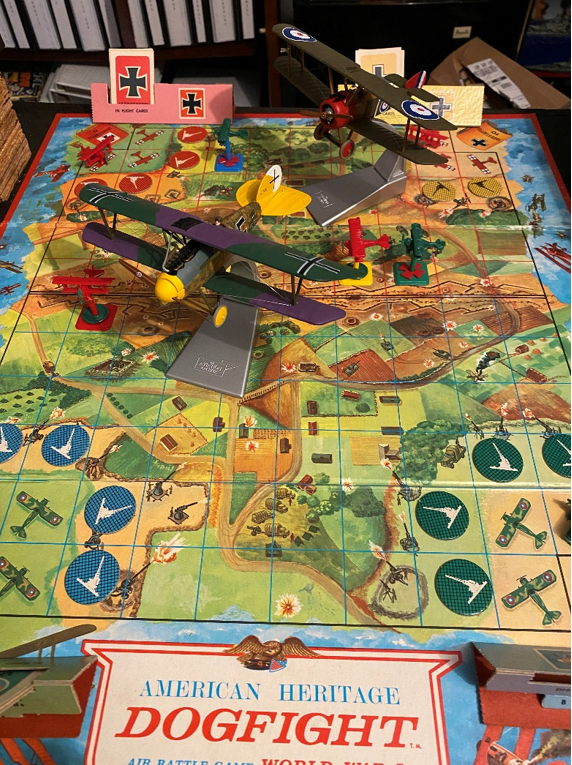
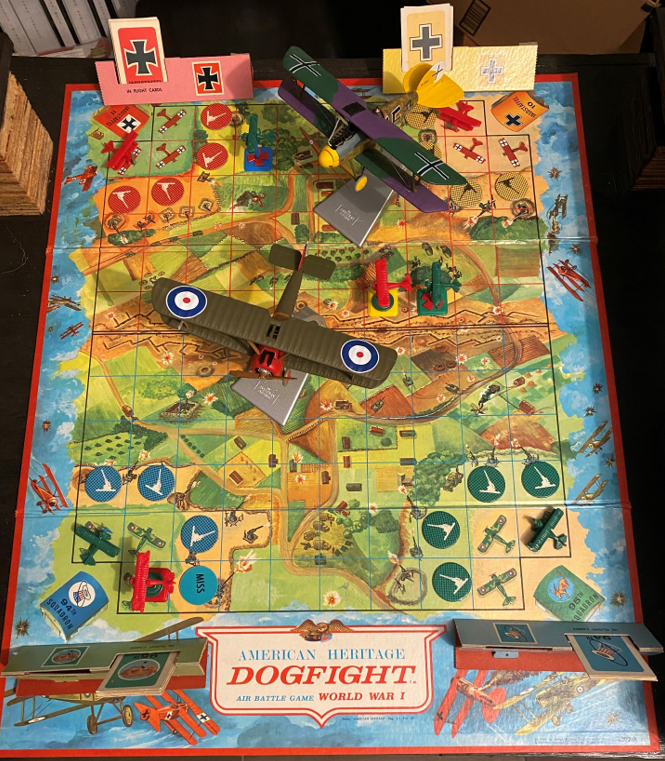
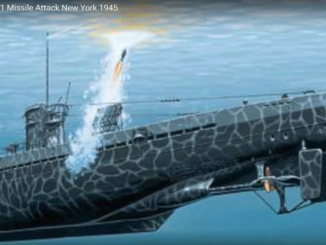

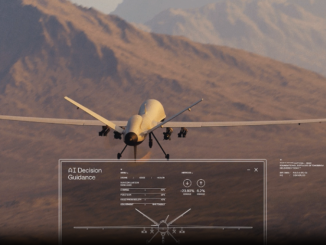
Be the first to comment